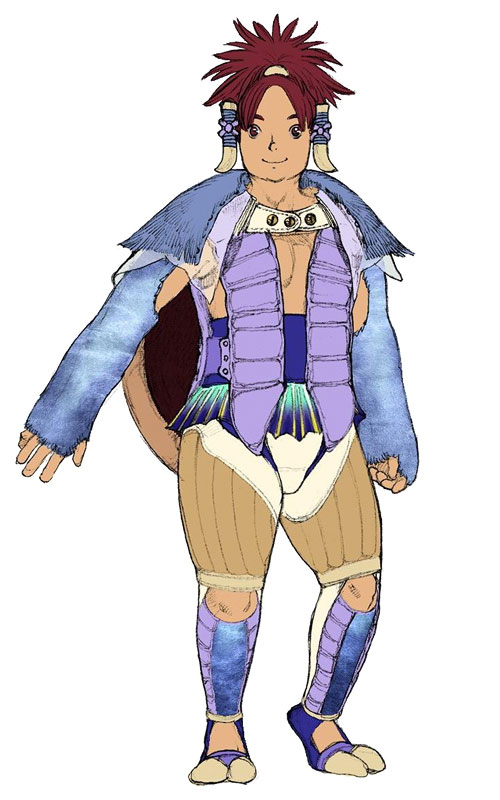

This is good news for fans of RPGs, because Baten Kaitos Origins improves over its predecessor in almost every single category and gives life to the GameCube at the end of its life cycle. Even more surprising was Nintendo\'s decision, in 2006, to localize the game in the United States as Baten Kaitos Origins. Surprisingly, however, the development team decided to take another bite out of the apple, and in 2005 released a surprise prequel, Baten Kaitos II, in Japan. Regardless, Baten Kaitos did not sell particularly well on either side of the pond, and it was assumed that Monolift Soft\'s experiment was over.
BATEN KAITOS CHARACTERS SERIES
Critics also argued that the game\'s production values - particularly the sketchy voicework and the average combat graphics - did not stand up to other games in the genre such as the Final Fantasy series or even the GameCube\'s own Tales of Symphonia.

Naysayers claimed that the game\'s card system was too complex to be fun, noting that the random draw of the deck and the changing of items over time required a great deal of management. Supporters also noted the game\'s strong pedigree, fantastic music score, and the absence of pesky random battles. Supporters of the game argued that the card-based mechanic provided a 9refreshing change of pace from the turn-based menu grind. Baten Kaitos: Eternal Wings and the Lost Ocean was released in 2004 to a decided lack of critical consensus, with media outlets giving the game a wide variety of grades.


 0 kommentar(er)
0 kommentar(er)
